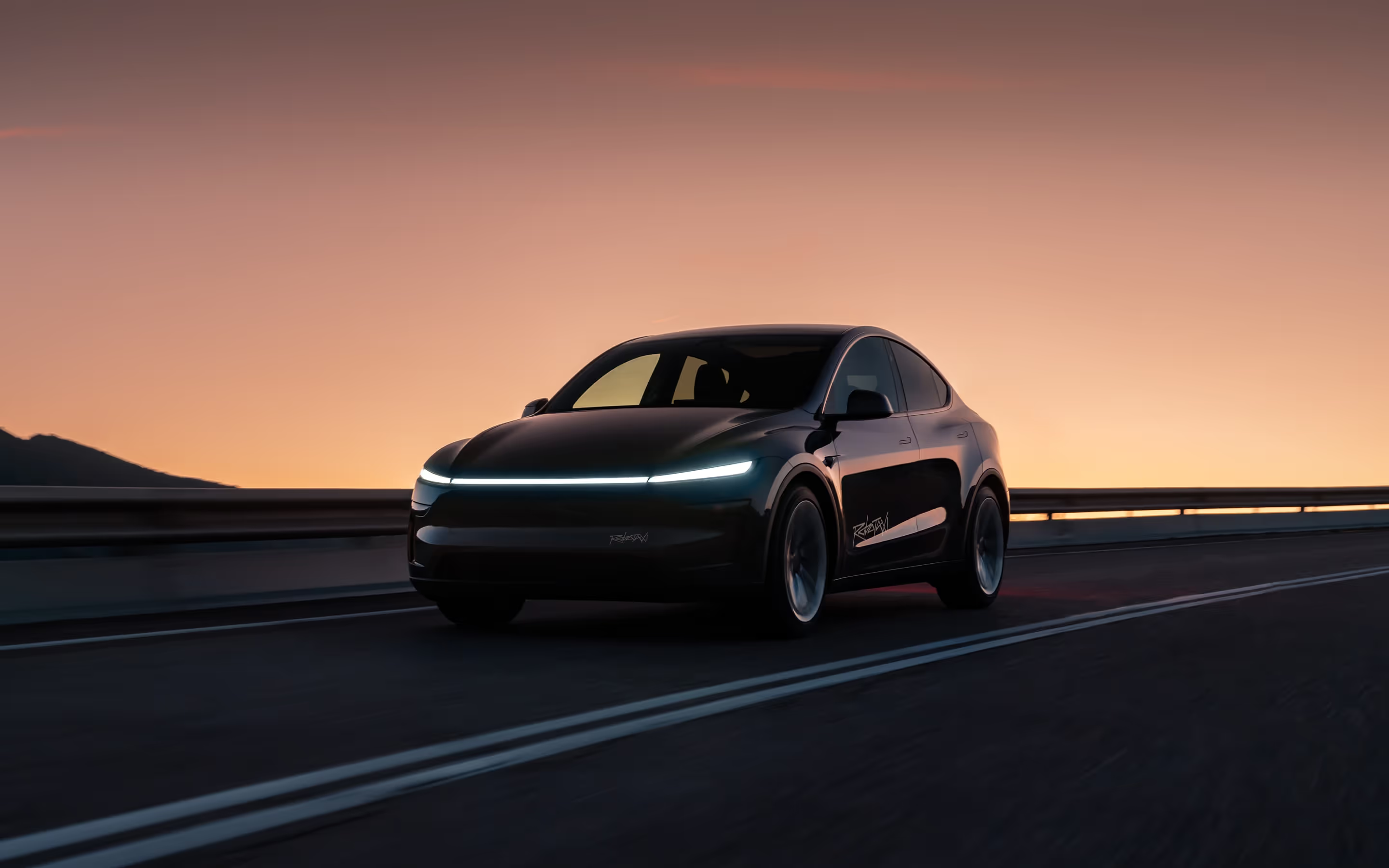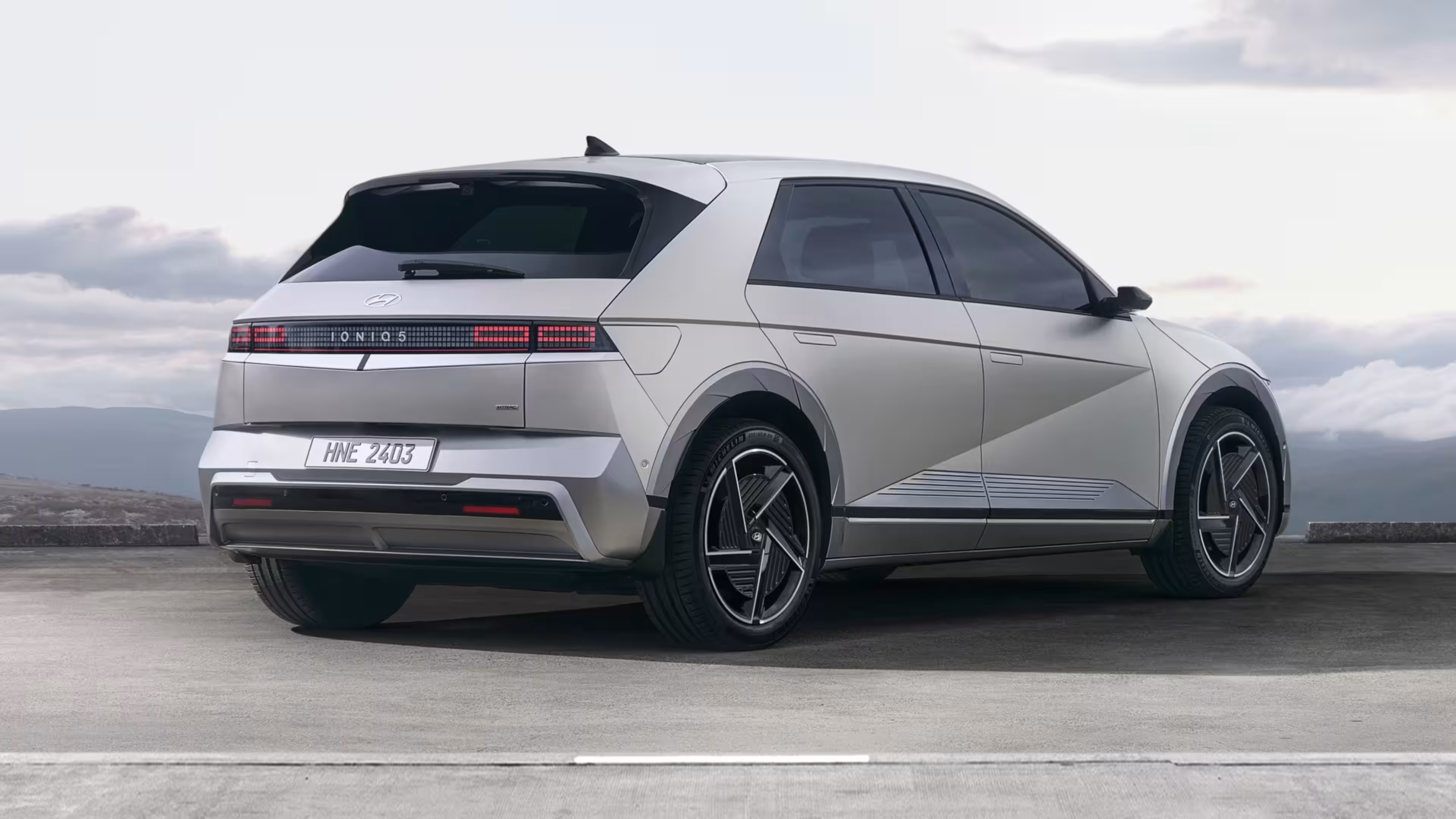In the half-decade since innovative players like Loopit pioneered the car subscription landscape, this model has transitioned from a novel concept to a nuanced, mature business strategy. As we begin to navigate the unpredictable currents of 2024, marked by rising inflation and escalating living costs, the relevance and appeal of car subscription services have never been more pronounced.
Initially perceived as the automotive equivalent of "Netflix," car subscription services have outgrown this simplistic comparison. The industry's evolution reflects a deeper, more complex understanding of its potential. This shift is not just in terminology but in the fundamentals of automotive consumption.
What Is A Car Subscription Model?
A car subscription model allows customers to pay a monthly fee for access to a vehicle without the long-term commitment of buying or leasing. Rather than owning a car, subscribers essentially "rent" one and can swap vehicles on demand. According to Straits Research, the global car subscription market size was $5.14 billion in 2022 and is projected to reach $99.4 billion by 2031, growing at an impressive CAGR of 35.3%.
.avif)
The rapid growth of car subscriptions demonstrates a shift in consumer attitudes about car ownership. Younger buyers in particular are more interested in accessing mobility on-demand versus being tied down to one vehicle. Car subscriptions offer the benefits of a leased car without the down payment, providing convenience and flexibility. For many, access is becoming more important than ownership.
The main consumer benefits of subscriptions include cost savings from bundling insurance/maintenance, the ability to easily swap vehicles, and no long-term contract. Subscribers can essentially "try out" numerous vehicles before committing to buy. In today's fast-changing market, car subscriptions allow maximum flexibility.
How Car Subscriptions Work
The car subscription model shares similarities with leasing and long-term rentals but offers key differences. Car subscriptions allow access to vehicles in exchange for a monthly fee, typically starting around $400-800 per month. The fee structure includes insurance, routine maintenance, roadside assistance, and other services that are extra costs in traditional leasing.
.avif)
Subscription terms are flexible, often ranging from 1 month to 2 years, allowing users to return vehicles and swap into different ones as their needs change. Most services have annual mileage limits between 10,000-15,000 miles to avoid excess wear and tear fees. However, some services offer unlimited mileage to provide a true alternative to ownership.
The all-inclusive monthly fee and ability to change cars are key advantages that appeal to consumers looking for variety and flexibility compared to leasing. Car subscriptions also remove the hassle of maintenance, insurance paperwork, trade-ins and other responsibilities of ownership. The streamlined experience makes accessing high-end vehicles easier for those unable or unwilling to purchase them outright.
Disrupting Traditional Car Buying
Car subscriptions are disrupting the traditional model of car buying and long-term ownership in several key ways. First, subscriptions allow consumers to access vehicles without the long-term commitments of purchasing or leasing. With a subscription, there is no down payment, no lengthy contracts, and more flexibility to pause or cancel subscriptions with short notice periods.
This appeals strongly to younger buyers, especially millennials and Gen Z, who often value access to vehicles over actual ownership. Younger generations tend to embrace shared services like ride-hailing and car sharing, and car subscriptions represent an extension of that access-based mindset. Surveys show younger demographics are more open to alternative ownership models if it grants them flexibility and affordability.
Compared to leasing, car subscriptions can offer much of the same convenience without large down payments or lengthy lock-in periods. For example, Care by Volvo only requires a short 3 month minimum subscription versus most lease terms of 2-3 years. While subscriptions have higher monthly fees than leases, they provide more agility to consumers who may not want a car for multiple years.
Overall, the growth of subscriptions shows that personal vehicle ownership is decreasingly important for many consumers. The subscription model caters to their preference for convenient, flexible access without the burdens of ownership.
Who Are The Car Subscription Market Participants?
The car subscription market is diverse, involving several key participants, each playing a unique role in shaping the landscape of this emerging industry. Understanding the distinct contributions and strategies of these participants is crucial in comprehending the dynamics of the car subscription ecosystem.
OEM Automakers
Original Equipment Manufacturers (OEMs) are at the forefront of the car subscription market. These automakers, such as BMW, Volvo, and Porsche, have established their own subscription services to provide consumers direct access to their fleets. By offering a range of models through subscription models, OEMs cater to changing consumer preferences and explore new revenue streams. These services often include added benefits like insurance, maintenance, and the flexibility to switch cars, making them attractive for customers seeking luxury and convenience.
New and Used Car Dealerships
.avif)
Car dealerships, both new and used, are increasingly participating in the subscription economy. They act as intermediaries between automakers and consumers, offering subscription services for various brands. This diversification allows dealerships to tap into new customer segments, especially those hesitant to commit to long-term ownership or leasing. Dealerships benefit from continuous engagement with customers through regular vehicle swaps, maintenance, and other services, fostering long-term customer relationships.
Fleet Leasing Providers
Fleet leasing providers, who traditionally cater to corporate clients, are now venturing into the consumer car subscription market. These providers offer a range of vehicles from different manufacturers under a single subscription platform. Their expertise in fleet management and maintenance positions them well to handle the logistical aspects of car subscriptions, such as vehicle servicing, turnaround, and inventory management.
Car Rental Providers
Established car rental companies are also adapting to the subscription model, recognizing its potential to complement or even substitute traditional short-term rentals. By offering longer-term subscriptions, rental companies can reduce vehicle idle time and increase revenue stability. Their existing infrastructure and vast fleets allow them to offer competitive subscription services with a wide variety of vehicle options.
Energy Companies
Energy companies, particularly those in the electric vehicle (EV) sector, are emerging as significant players in the car subscription market. As the industry shifts towards sustainable mobility, energy companies are partnering with automakers and subscription services to provide integrated solutions that include EVs, charging infrastructure, and energy services. These collaborations are crucial in promoting the adoption of EVs through subscriptions, making sustainable mobility more accessible.
Mobility Startups
Mobility startups are the innovators in the car subscription space, often providing unique and flexible solutions that challenge traditional models. These startups typically focus on niche markets, offering specialized services such as EV subscriptions, luxury car rotations, or budget-friendly options. Their agility and innovative approaches enable them to quickly adapt to market trends and consumer demands, often leading the way in introducing new concepts and customer-centric features in the car subscription market.
The Future of Car Ownership
Declining new car sales suggest shifting attitudes about ownership among younger generations. According to a BCG report, new vehicle sales have declined by over 3 million per year since 2016 as economic constraints make ownership less accessible for millennials and Gen Z. Car subscriptions provide similar utility without the hassles of ownership, appealing to those who prioritize access over ownership.
The growth of subscriptions aligns with broader shifts away from ownership models for physical goods. Younger consumers today often prefer pay-as-you-go access models for content, transportation, and living. This indicates a potential decline in personally owned vehicles long-term as subscriptions offer comparable mobility.
According to research from McKinsey & Company, the hassle-free nature of subscriptions has strong appeal. Surveys show Gen Y and Z consumers are open to sharing access to cars, with more than 50% willing to forego ownership for convenient access. With subscriptions simplifying access at lower cost, personal car ownership could decline substantially in the coming decades.
Impacts on the Used Car Market
The growth of car subscription services could significantly impact the used vehicle market in several ways. First, the increase in consumers using subscriptions may lead to a greater supply of low-mileage, off-lease vehicles returning to dealers after 1-2 years. According to BCG research, over 70% of vehicles in subscription programs today are sourced from existing off-lease inventory. As subscriptions grow, OEMs will need more off-lease vehicles to support these programs.
.avif)
This influx of near-new off-lease vehicles could help stabilize used car prices, which have soared in recent years partly due to tight inventory. According to Forbes, increased supply from subscriptions could make more affordable used vehicles available to consumers who are delaying purchases due to high prices.
Finally, the availability of off-lease vehicles from subscriptions can improve overall used car inventory for dealers. According to CBT News [9], OEMs anticipate that subscription volumes will help dealers source and turnover off-lease inventory more efficiently in the coming years.
Opportunities for Dealers and OEMs
As car subscriptions gain popularity, they present new opportunities for dealerships and original equipment manufacturers (OEMs) to capitalize on this emerging business model. One of the biggest opportunities is establishing partnership models that allow dealers to offer subscriptions alongside traditional financing and leasing options.
For dealers, subscriptions represent a chance to open up new, high-margin revenue streams beyond one-time vehicle sales. Dealers can earn money on monthly subscription fees, as well as fees for vehicle preparation, delivery and maintenance. Subscriptions also provide opportunities to build ongoing relationships with customers and convert subscribers to buyers eventually.
.avif)
In addition, dealers can leverage vehicle rotation to maximize subscriptions. As subscribers swap out cars, off-lease vehicles with low mileage can be cycled into the subscription fleet. This provides inventory while reducing the need for dealers to purchase new cars. For OEMs, optimizing vehicle rotation will be key to making subscriptions profitable long-term.
Overall, subscriptions represent a way for dealers and OEMs to differentiate, meet shifting consumer preferences, and unlock new recurrent revenue streams. Those who build effective partnerships and scale subscription offerings will be best positioned to capitalize on this emerging opportunity.
Conclusion
The car subscription model looks poised to transform the automotive industry in the coming years. With the convenience of leasing combined with the flexibility of month-to-month commitments, subscriptions offer clear benefits for consumers seeking hassle-free access to vehicles. Major automotive brands are already rolling out their own subscription services, and early growth indicators suggest strong consumer demand.
As subscriptions become more widespread, they could accelerate declines in personally owned vehicles and reshape traditional car buying. The used car market will also feel impacts, with potential increases in off-lease inventory supplying subscriptions and other sales channels. For dealers and OEMs, subscriptions present an opportunity to differentiate, tap into new revenue streams and better align vehicle supply with emerging consumer preferences.
Key predictions for the future include subscriptions claiming 10-20% share of the new vehicle market by 2025. This will be driven by expansion of model availability, brands offering subscriptions nationwide, and consumer acceptance as a viable alternative to ownership. While some challenges around insurance costs and liability remain, the automotive industry is clearly on the cusp of a fundamental shift - one where access is valued over possessions. Forward-thinking OEMs will embrace subscriptions early to remain competitive in this new landscape.









